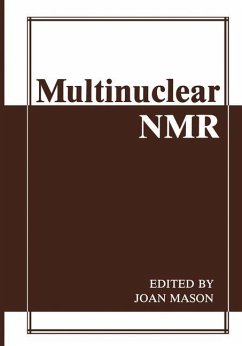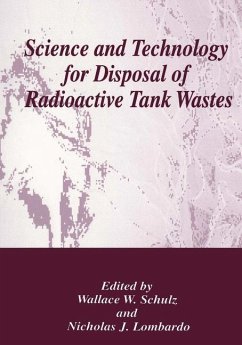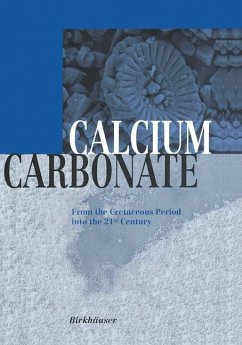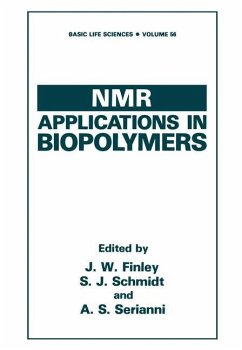
Multinuclear NMR

PAYBACK Punkte
54 °P sammeln!
With the power and range of modern pulse spectrometers the compass of NMR spec troscopy is now very large for a single book-but we have undertaken this. Our book covers the Periodic Table as multinuclear spectrometers do, and introductory chapters are devoted to the essentials of the NMR experiment and its products. Primary products are chemical shifts (including anisotropies), spin-spin coupling constants, and relaxation times; the ultimate product is a knowledge of content and constitution, dynamic as well as static. Our province is chemical and biochemical rather than physical or technical;...
With the power and range of modern pulse spectrometers the compass of NMR spec troscopy is now very large for a single book-but we have undertaken this. Our book covers the Periodic Table as multinuclear spectrometers do, and introductory chapters are devoted to the essentials of the NMR experiment and its products. Primary products are chemical shifts (including anisotropies), spin-spin coupling constants, and relaxation times; the ultimate product is a knowledge of content and constitution, dynamic as well as static. Our province is chemical and biochemical rather than physical or technical; only passing reference is made to metallic solids or unstable species, or to practical NMR spectroscopy. Our aim is depth as well as breadth, to explain the fundamental processes, whether of nuclear magnetic shielding, spin-spin coupling, relaxation, or the multiple pulse sequences that have allowed the development of high-resolution studies of solids, multidimensional NMR spectroscopy, techniques for sensitivity enhancement, and so on. This book therefore combines the functions of advanced textbook and reference book. For reasonably comprehensive coverage in a single volume we have sum marized the information in tables and charts, and included all leading references.














